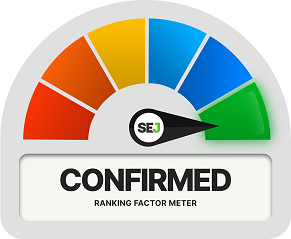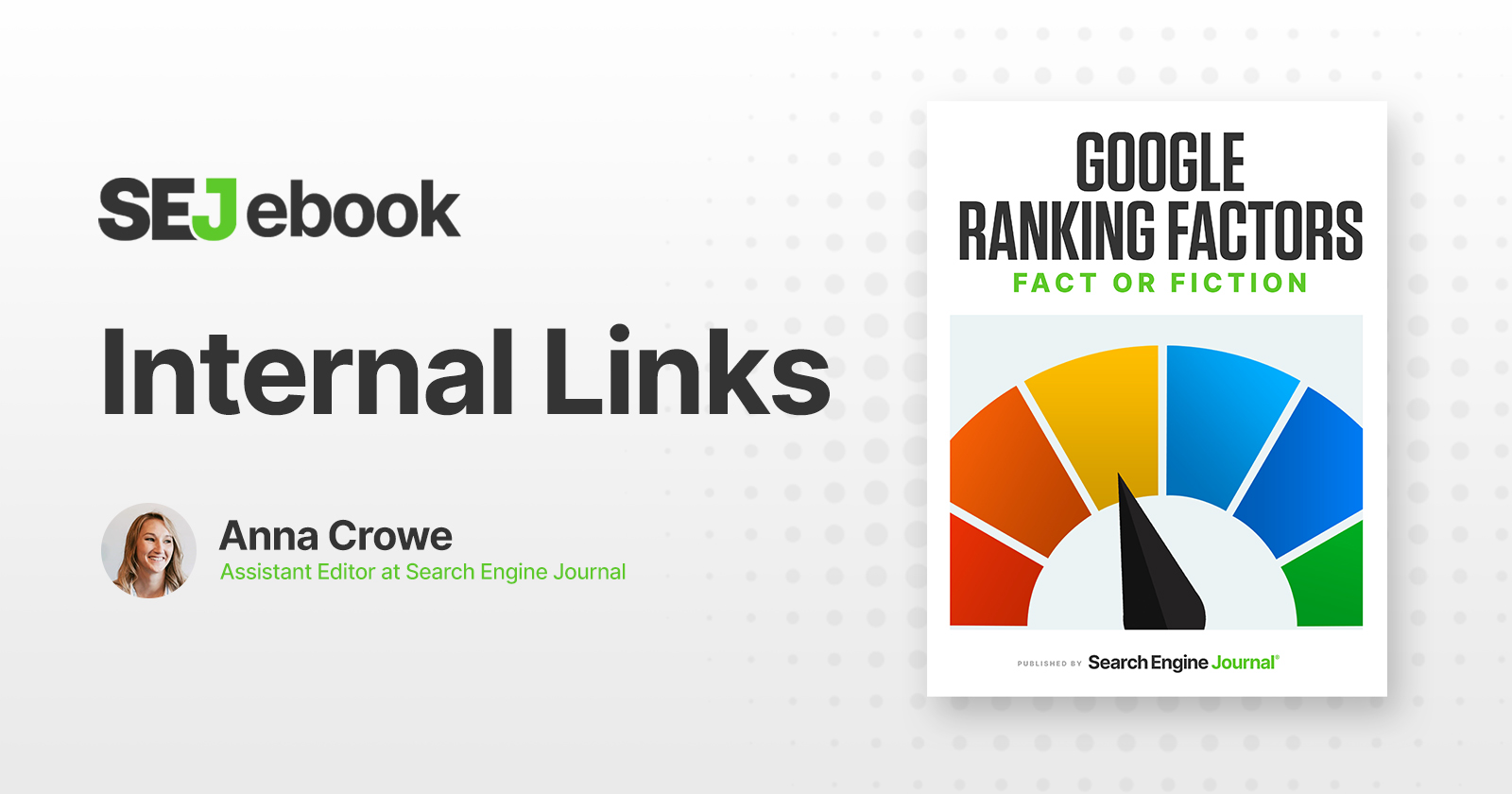Serious question: Are internal links a ranking factor?
Too often, the chatter around internal links as a ranking factor feels more like it’s coming from a never-ending game of telephone rather than the true source, the search engines.
Certain mythical SEO tales about internal links have been passed down through generations of SEO professionals. It can be hard to tell fact from fiction.
In an effort to set the record straight, I’ve tapped our resources to fact-check whether internal links are a confirmed ranking factor. Drumroll, please: You’ll find the truth about internal links ahead.
The Claim: Internal Links Are A Ranking Factor
An internal link is a hyperlink from a page on a domain to another page on the same domain. Internal links help people navigate websites and create a site architecture for hierarchy.
Okay, but what about the more nitty-gritty questions, like:
- Does the total number of internal links pointing to a page matter?
- Does the quality of those internal links pointing to the page have a strong effect?
- What about the anchor text of those internal links – is that another relevancy signal? Does longer anchor text add more value?
- Is there such a thing as too many internal links on a page?
Advertisement
Continue Reading Below
The Evidence for Internal Links as a Ranking Factor
Since there are tons of internal link questions to answer still, and I want you to have all the facts straight, here they are.
Are Internal Links A Ranking Factor?
Google confirms internal links are a ranking in their Search Engine Optimization (SEO) Starter Guide. Google states:
Create a naturally flowing hierarchy.
Make it as easy as possible for users to go from general content to the more specific content they want on your site. Add navigation pages when it makes sense and effectively work these into your internal link structure. Make sure all of the pages on your site are reachable through links, and that they don’t require an internal “search” functionality to be found. Link to related pages, where appropriate, to allow users to discover similar content.
And, Google’s “How Search Engines Work” establishes internal links as a ranking factor.
Some pages are known because Google has already crawled them before. Other pages are discovered when Google follows a link from a known page to a new page.
Advertisement
Continue Reading Below
This is also why Google Search Console features the “Top linked pages” report. It is used to “Confirm that the core site pages (home page, contact page) are properly linked within your site.”
The SEO Starter Guide also recommends using internal links in your breadcrumb structured data markup, stating:
“A breadcrumb is a row of internal links at the top or bottom of the page that allows visitors to quickly navigate back to a previous section or the root page. Many breadcrumbs have the most general page (usually the root page) as the first, leftmost link and list the more specific sections out to the right. We recommend using breadcrumb structured data markup when showing breadcrumbs.”
The PageRank algorithm itself, and the internal flow of it, relies on internal links.
Does Your Webpage Rank Faster If You Have Internal Links From High Traffic Pages?
Since Bill Slawski shared his analysis of Google’s Reasonable Surfer patent, there have been arguments in the SEO community as to whether pages with or without traffic affect the ranking signals from internal links.
Slawski stated that “…based upon a probability that a person following links at random on the web might end up upon a particular page.”
The patent talks about the position of a link on a page.
Essentially, it’s about giving more weight to links it believes people will actually click, including links placed in more higher-up positions on the page.
Matt Cutt’s confirmed this at PubCon in 2010.
The patent does not reference traffic.
Slawski also dives into the Page Segmentation patent that explains more about the placement of internal links on a page. And, he shares further insights on how search engines use internal links to understand a webpage.
Is Anchor Text In An Internal Link A Ranking Factor?
The SEO Starter Guide clears up the confusion if the internal link anchor text is a ranking factor as it states:
“Think about anchor text for internal links, too.
You may usually think about linking in terms of pointing to outside websites, but paying more attention to the anchor text used for internal links can help users and Google navigate your site better.”
Advertisement
Continue Reading Below
Google’s John Mueller also addressed this claim on Twitter, where he said:
“Most links do provide a bit of additional context through their anchor text. At least they should, right?”
And, in 2019, Mueller talked more about how internal links help your rankings in a Google Webmaster Hangout.
However, the claim that long anchor text within your internal links is merely speculation at this time. Search engines have not verified this myth.
In fact, the SEO Starter Guide evidently recommends avoiding “using excessively keyword-filled or lengthy anchor text just for search engines.”
Rand Fishkin also dives into his anchor text experiments to prove the value of quality anchor text.
And, Search Engine Journal’s Roger Montti digs into Mueller’s response on if anchor text helps improve rankings.
Are Internal Links Used As A Ranking Signal In Your Site Architecture?
Internal linking can have positive or negative effects:
- NinjaOutreach increased their site traffic by 50% in three months with their internal link structure.
- The Daily Mail failed to outrank its competitors because of its weak internal linking.
Advertisement
Continue Reading Below
Google’s patent on Ranking documents based on user behavior or feature data explores site architecture more in-depth.
So, What Happens If Your Internal Links Are Broken?
Broken internal links make it hard for search engines to index your pages and for users to navigate your site. Broken links are a sign of a low-quality site and could affect your rankings.
Google’s Web Page Decay patent validates this claim as it states,
“If the web page has a relatively large number of dead links, it is assessed as being a stale web page.”
Now, How Many Internal Links Are Too Many?
Back in 2009, Matt Cutts stated there was a limit of 100 internal links per page.
In the past, Google would not download more than 100k of a single page (no longer the case), so the idea that the links would distribute your PageRank made sense.
In 2013, Matt Cutts retracted this statement saying to “keep it at a reasonable number.” So, the rule of 100 internal links is no longer valid.
Advertisement
Continue Reading Below
Internal Links As A Ranking Factor: Our Verdict

Yes, there is a bit of truth in the myth that internal links and your ranking in search engines have a connection.
Think about it this way, as Cutts said:
“…if there’s a page that’s important or that has great profit margins or converts really well – escalate that. Put a link to that page from your root page that’s the sort of thing where it can make a lot of sense.”
Advertisement
Continue Reading Below
Featured image: Paulo Bobita/SearchEngineJournal
